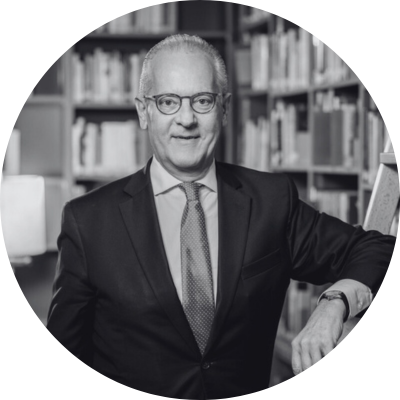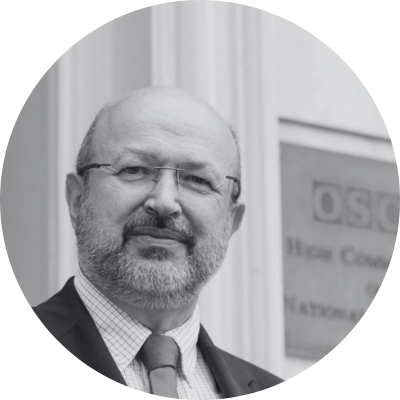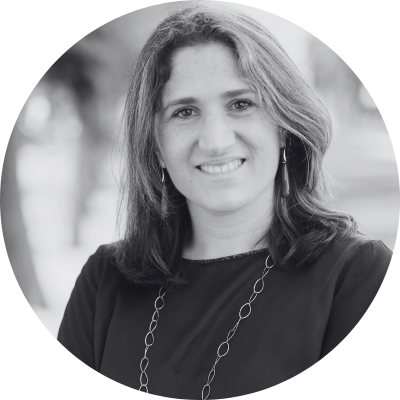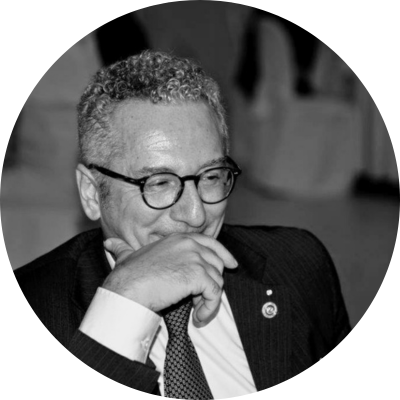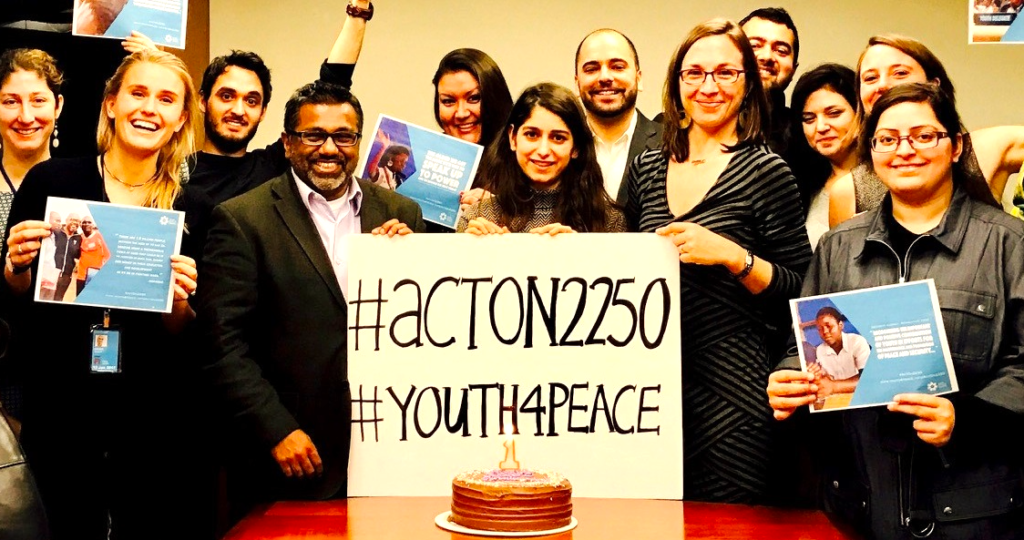
CALL FOR ARTICLES – WHAT WORKS IN PROMOTING THE PARTICIPATION OF YOUNG PEOPLE IN PEACEBUILDING
The Agency for Peacebuilding is excited to launch a call for articles on the topic of “What works in promoting the participation of young people in peacebuilding”. We are presently conducting research on the evolution of the Youth, Peace and Security Agenda, and are interested in gathering first-hand insights from practitioners and researchers working for, in or with youth-focused and youth-led organizations around the world.
The articles will be published online on AP’s website, which caters to an international audience of peacebuilding and international development specialists. They will also help us to design an experts’ workshop on Youth, Peace and Security to be held in Italy in Autumn 2019.
IF YOU ARE INTERESTED IN SUBMITTING AN ARTICLE OR AN IDEA, PLEASE READ THROUGH THE FOLLOWING INSTRUCTIONS AND CLICK ON THE SUBMISSION FORM LINK AT THE END OF THE PAGE.
INTRODUCTION
Over the last decade the discourse on youth and peacebuilding has shifted towards young people’s agency, both in academic and policy spheres. Research effectively debunked the assumptions about youth as passive victims or as perpetrators of violence, analysing instead the positive contributions they made to peacebuilding processes (McEvoy, 2001). Other studies have also illustrated how youth are positive change agents in their communities in post-war contexts (e.g. Del Felice and Wisler, 2007; Mutisi, 2012; Sommers, 2012).
Nowhere has this policy shift been more visible than in the creation of the UN Inter-Agency Working Group on Youth and Peacebuilding, in 2012. It is at this time that peacebuilding and youth civil society organizations (CSOs) began a campaign to promote a specific UN Security Council Resolution (UNSCR). This was adopted unanimously in 2015 (as UNSCR 2250), formally establishing the Youth, Peace and Security Agenda.
This agenda has evolved since then: a progress study on youth’s positive contributions to peace processes and conflict resolution was released under the title “The Missing Peace: Independent Progress Study on Youth, Peace and Security”. In 2018, the Inter-Agency Working Group became the Global Coalition on Youth, Peace and Security, and a new resolution was also adopted, more specifically focused on increasing the role of youth in negotiating and implementing peace agreements (UNSCR 2419).
And yet, our understanding of what works to promote the participation and agency of young people in peacebuilding remains limited. Across a multitude of youth-focused initiatives, some good evidence of effectiveness exists, but this is mostly focused on short-term outcomes, rarely on impact. This call for articles wants to start filling this gap, and it is part of a research and advocacy initiative led by the Agency for Peacebuilding.
FOCUS QUESTIONS
We are interested in articles that describe how specific activities, projects or initiatives have been able to increase the participation or influence of young people in peacebuilding processes, either informal or formal. Articles should try to answer the following questions:
- Who were the young people involved and how were they engaged?
- What are the peacebuilding processes that young people sought to influence?
- How did young people actually increase their participation or influence in these processes? How were they supported?
- Were young people effective in their efforts? Why or why not?
- What might be the lessons learned from this experience? What should, in other words, other people take away from it?
ELIGIBILITY CRITERIA
We are looking for articles from:
- Representatives from civil society organizations (large, small or grassroots), institutions (local, national or international) or informal groups;
- Researchers or evaluators; or
- Youth activists or advocates.
Articles should focus on an initiative (or activity or project) itself, and this must have focused on youth and peacebuilding, as per the following definitions:
Peacebuilding. The term peacebuilding has several definitions. Here it is broadly understood as actions that promote both negative and positive peace (Galtung, 1969) in a long-term process. Peacebuilding aims to address the root causes of conflicts and to prevent and mitigate all forms of violence (direct, structural and cultural violence, including gender-based). It does so through the promotion of dialogue and the practice of non-violence to help in the depolarization of societies and the transformation of conflicts.
Youth. We understand youth as a period of transition between childhood and adulthood defined by biological, psychological, and social, economic, cultural markers and dependent on the context (Valentine, 2003). Youth is a heterogeneous group encompassing people of various ethnicities, religions, races, genders, abilities, and socio-economic backgrounds. According to UNSCR 2250, youth includes persons between 18 and 29, but we also acknowledge that this definition can change depending on a specific context.
Beyond this, there is no other geographic or thematic limitation. We are happy to receive articles concerning initiatives from any part of the world, and focusing on any number of issues, from governance to negotiation to countering violent extremism.
SUBMISSION GUIDELINES
The articles that we are looking to publish should be between 800 and 1000 words. They should provide an analysis that answers the aforementioned questions, and be written in an accessible way.
They will be asked to include the following information:
- Name and contact information,
- Details concerning the activity, initiative or project, and
- Article description (or abstract).
The deadline for submitting ideas or abstracts is March 18, 2019. Selected articles will be published on our website starting April 15.
The selection of articles will be the sole responsibility of the Agency for Peacebuilding, which will assess submitted ideas based on relevance, content and quality. Authors of chosen articles will be duly credited. For any questions, please write to info@peaceagency.org.
SUBMISSION FORM
If you are interested in submitting an article, please provide the requested information by completing this submission form.
















